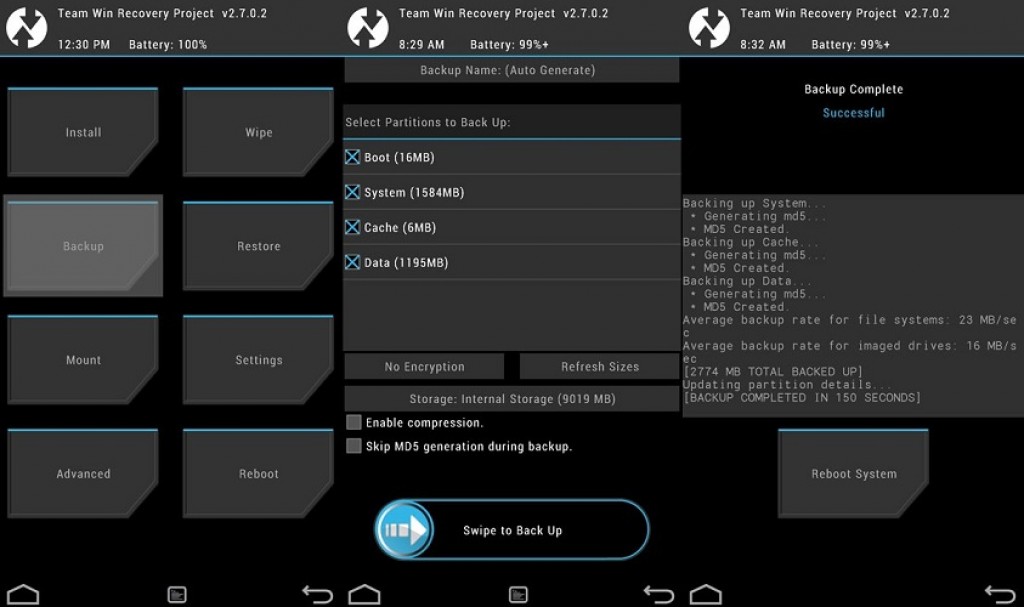WhatsApp is getting smarter day by day and who doesn’t loves that? I still remember the old functions of WhatsApp which were quite outdated and the new Whatsapp is quite amazing! But what if you get something more? Yes! Like sharing documents or receiving? Maybe you sending your CV to any new company through messaging that on the whatsaap no. or something else? Thats possibe now!
Now the company has officially released an update, which is being rolled out to the users as you read this. Since it is a roll out, it may take up quite a tie to reach to you. Going through the proper channels takes up some time, the update needs to be approved by the Google Play Store, and then only you’ll receive a notification. But if you’re eager to try out this feature, then you can manually install the latest APK that has this feature.
Note that this APK is not available to download from the Official WhatsApp website. But we do have a verified APK for you to download and install. Don’t worry we are also using the same APK, it’s safe to bet on it. The latest version of the app is 2.12.493, which is quite ahead of what you’ll currently found on company’s official website. I was on quite older version, i.e. 2.12.453.
After installing the update, you have to go to a WhatsApp chats and open a conversation, once you tap on the attachments icon, you’ll notice a new option, Document. Tapping on it would lead you to open a list of documents present on your device. Unfortunately, currently the latest WhatsApp only supports the exchange of PDF files; you can’t send other format files like MS Word or even the Spreadsheets. With new update, the video option disappears and is nowhere to be found.
We would like to see the support for other file formats as well as integration with Google Drive where you can share documents stored on your Google account. For starters, it would be quite convenient to share PDF or presentation files via WhatsApp contacts. The service is slowing becoming more than just a text/media messaging app. In future, it may give apps like Slack and Hipchat, which are popular with group chatting services used by companies for internal message/file exchange.
This is pretty awesome! It was one of the most seeked feature which was much anticipated and finally! Its here! Let us know what you think in the comment sections below! Lets have a WhatsApp Healthy discussion! 😉



